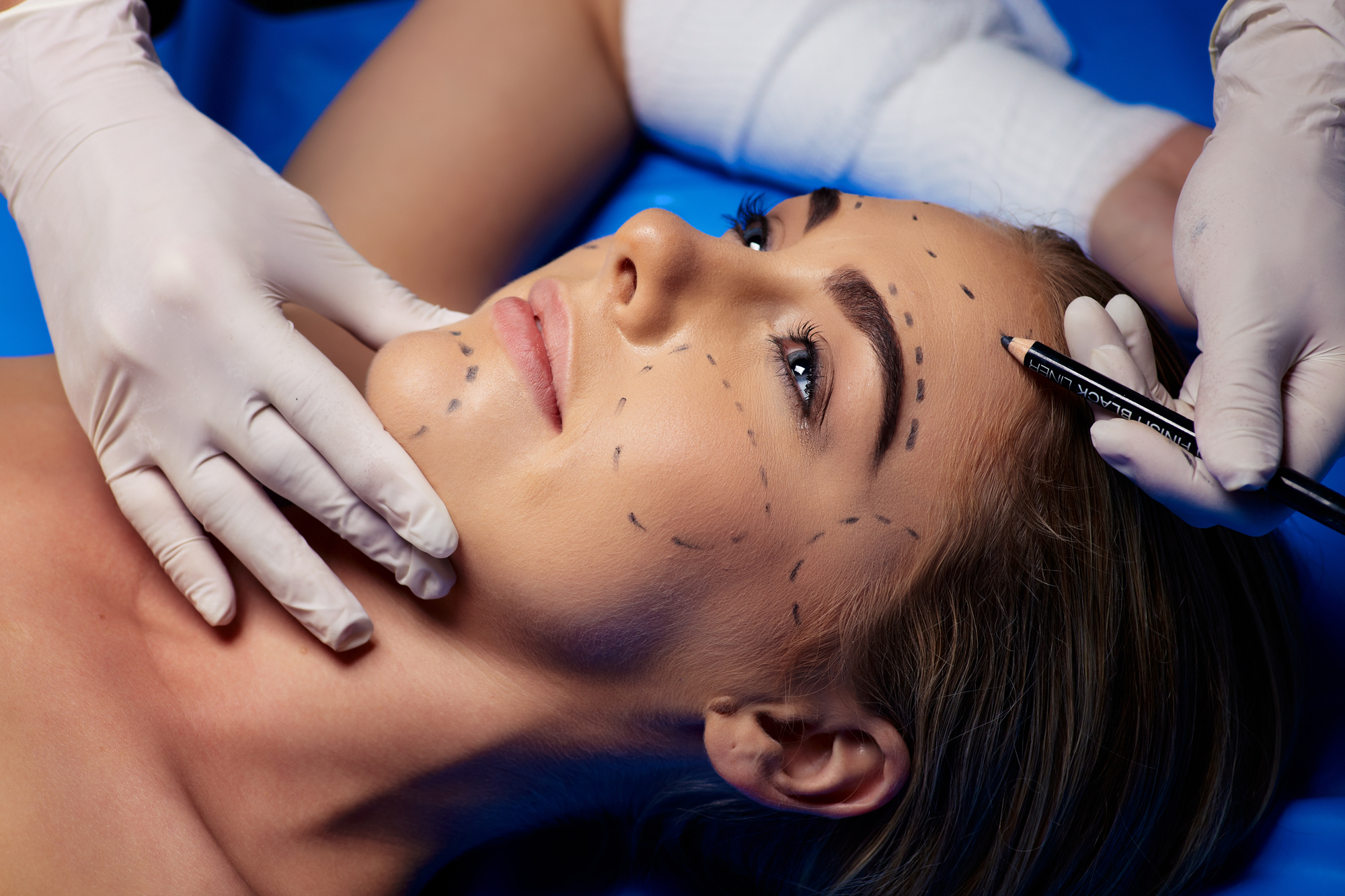
After four years of refinements, Jack Zamora, M.D., an oculofacial plastic surgeon in Denver, Colo., says he has found the ideal mix of minimally invasive devices and techniques to dramatically rejuvenate the upper and lower face, with less downtime, risk and expense than with a full-deep plane facelift.
The J-PlaZty procedure involves adipose and stem cell grafting; laser facial sculpting with the Precision TX (Cynosure); a proprietary stitch maneuver; a touch of CO2 laser resurfacing; and, most importantly, use of the J-Plasma (Bovie Medical), which Dr. Zamora says uses energized helium to create energy that is only a fraction — 25% — of the potential thermal load of a CO2 laser.
There are no significant incisions or scarring — only up to three small 15-blade stab incisions. The entire procedure is done with local anesthetic in about an hour. The initial recovery is in as little as three days, according to Dr. Zamora.
“To think that we can rejuvenate the face to the level of meeting expectations with one device is impossible. However, by combining the right devices and utilizing the right techniques, we’re able to really lift jowls. We’re able to rejuvenate volume. We’re having results that last 10 years and make [patients] look 10 years younger, for a fraction of the cost, risk and downtime of a full facelift,” he says.
Facing Industry Extremes
Dr. Zamora says not everyone has the ability to undergo the gold standard of facial rejuvenation — the deep plane facelift. This facelift is a four-hour surgical procedure, performed under general anesthesia, which will yield superior results that last much longer.
“These procedures are performed by deep plane facelift experts, such as Neil Gordon, M.D. However, that expertise and surgery time come with a hefty price. If you want the Neil Gordon $40,000 facelift result and longevity, this isn’t the procedure for you,” Dr. Zamora says. “Deep plane facelift specialists can perform these procedures with very minimal risks of bleeding and inflammation, and have patients recovered in as little as nine to 14 days. However, the cost does limit the number of patients that can comfortably afford this procedure.”
On the other hand, individual minimally invasive options aren’t satisfying patients, either, he says.
“The aesthetic industry has infiltrated cosmetic surgery with a number of noninvasive or barely invasive technologies as an option, but they really haven’t reached the level of patient expectations,” Dr. Zamora says. “Patients are expecting a few days downtime. They’re expecting a significant improvement in their skin quality. They’re expecting significant improvement in their jowl positioning and overall rejuvenation, to the tune of five to 10 years. The majority of equipment available today does not come close to delivering that level of expectation.”
J-PlaZty Steps
Dr. Zamora says the individual parts of the J-PlaZty are necessary but not difficult for surgeons with previous facelifting experience. It’s important for surgeons to understand the anatomy and how to avoid long-term problems associated with facelifting procedures.
“It’s not rocket surgery. For doctors that have some facial and neck experience, it’s a day course,” he says.
The volume restoration technique is simply performed with custom cannulas around the eyes and mouth to deliver deep plane adipose and stem cell injections.
“The fat transfer has been maximized in terms of efficacy utilizing Vaser ultrasound energy [Solta]. Vaser is spectacular for harvesting fat,” Dr. Zamora says. “Our outcomes have pretty much reached the 10-year point where patients can maintain significant volume.”
Dr. Zamora then activates those stem cells with mild CO2 laser resurfacing around the eyes. This can oftentimes replace the need for a full lower or upper blepharoplasty.
“In certain patients, we’ve actually extended that — instead of CO2 laser resurfacing, to a J-Plasma resurfacing. That is not an easy procedure for patients, due to the recovery time; so, for the majority of patients, we stick to the CO2 laser resurfacing. We’ll go ahead and use the Precision TX from Cynosure, [followed by] a proprietary stitch technique. Most importantly, we finish the procedure with the J-Plasma device subcutaneously for the final skin contraction,” he says.
According to Dr. Zamora, he’s the world’s first surgeon to perform subcutaneous skin contraction using plasma energy with the J-plasma device.
All patients, even those with a lot of skin laxity, will notice an improvement from J-PlaZty particularly because of the j-plasma device according to Dr. Zamora.
“I think it’s best for patients who want the maximum amount of facial rejuvenation for both upper and lower face that an hour of procedure can offer. For those patients that want that full deep-plane facelift and four hours of surgery, obviously, the results are going to be better. But, interestingly, the level of improvement… is astounding relative to the minimal amount of time it takes to perform this procedure,” he says.
From Face to Body
Dr. Zamora says that in late 2016 he and colleagues will unveil a J-PlaZty body lift.
“The J-Plazty body lift includes similar modalities: the laser, fat reduction, skin tightening, suture plication; then, the J-Plasma device seals it into place,” he says. “The J-Plasma is FDA approved for soft-tissue surgery. So, we’re just trying to develop the best parameters for different scales of body lifting. We have seen up to 60% reduction in patients’ pannus formation. Currently, the only treatment for that is the tummy tuck.”
Dr. Zamora says plastic surgery colleagues are working on developing optimal parameters on small problem areas, such as the loose skin over the knee, as well as for mastopexy. In every case, the procedure is done through small 15-blade incision, which allows introduction of the necessary technology. By limiting the size of our incisions, the face and body experience less scarring, shorter recovery and less risk, he says.
“The archaic surgeries of the mastopexy and tummy tuck, with their significant incision size, scar formation and downtime are slowly fading away,” Dr. Zamora says.
Disclosure:
Dr. Zamora is a national trainer for Cynosure and Bovie. He developed and trademarked the J-PlaZty procedure.


